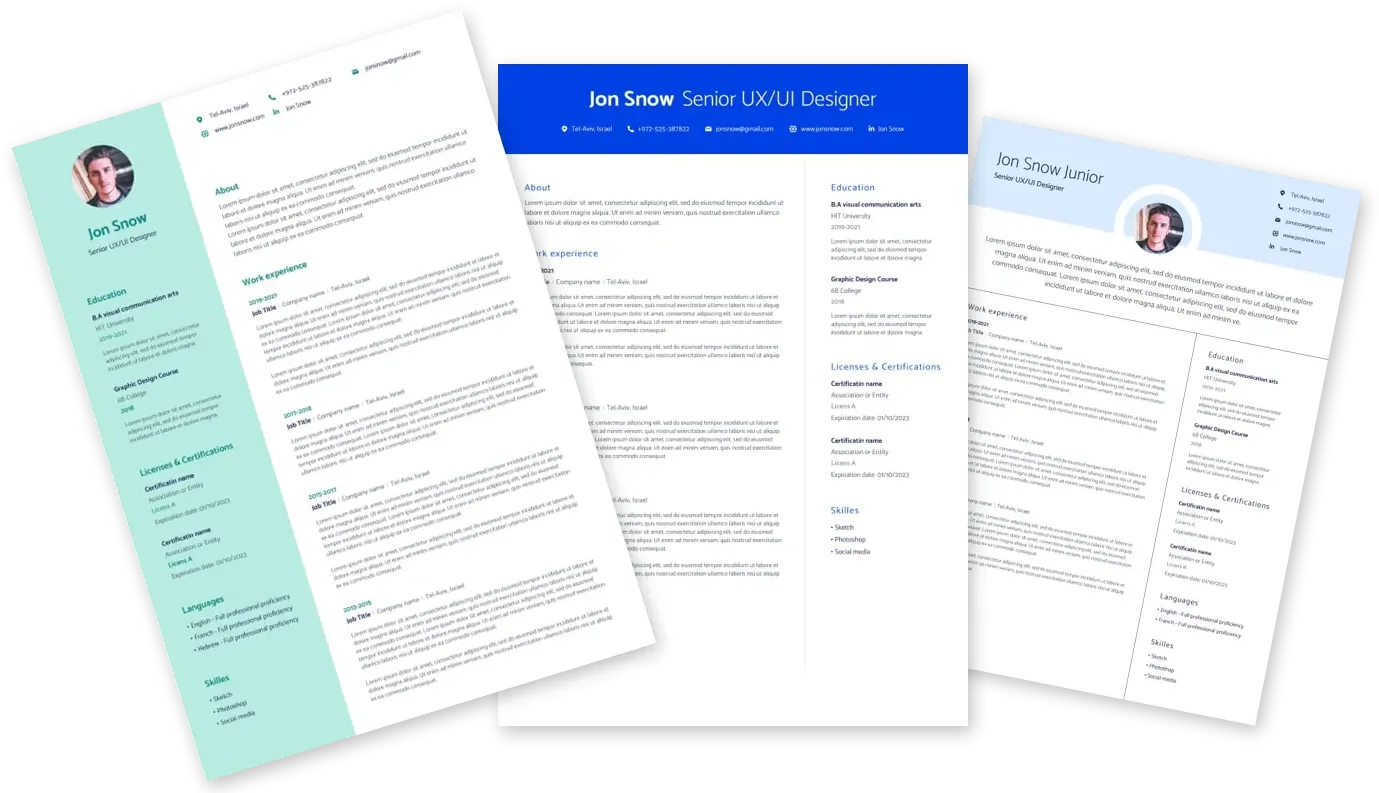As an
ood River, ORyou’ll have the opportunity to perform a variety of tasks in the operation and maintenance of a wastewater treatment plant including maintenance of equipment and quality control testing, report compilation, recordkeeping, and adhere to compliance with policies and procedures. You’ll contribute to the success of our program with efficient preventive maintenance and effective solutions to complex challenges that may arise in municipal facilities. You’ll diagnose operating problems, monitor and control adjustments and determine proper rates in the treatment facilities to control flow and processing of water/wastewater, sludge, and effluent. You’ll also collect samples, maintain shift logs and perform other duties as required. Most importantly, you’ll take action to ensure the safety, health and well-being of you and your team.
- Certification at a level required by the State in which the project is located
- At least three (3) years of experience in operating water/wastewater treatment plants
- Advanced understanding of computer software including Microsoft Office Suite and the ability to enter data into a maintenance management system
- A valid driver’s license
Ideally, You’ll Also Have:
- A current, or working towards obtaining, an intermediate to advanced level water/wastewater treatment certification
- Familiarity of the principles and practices of water/wastewater treatment plant operations, valves, pumps, and motors
- Safe work practices
Working Conditions & Physical Requirements:
The physical and environmental demands required to perform the essential duties of this position include standing, walking, sitting, coordination, balance, and agility demands, which may include the ability to stoop, kneel, squat, grasp, reach, perform repetitive hand movements. Additional demands may involve a specific level of dexterity, grip strength, climbing and cardiorespiratory demands. The work areas may be indoor, outdoor, have loud noise, active machinery, high pressure fluid systems, electrical equipment, confined spaces, heights and depths, fumes, air borne particles, noxious gases, and chemicals. The use of appropriate safety equipment will be mandatory in these areas to prevent hazardous contact.


